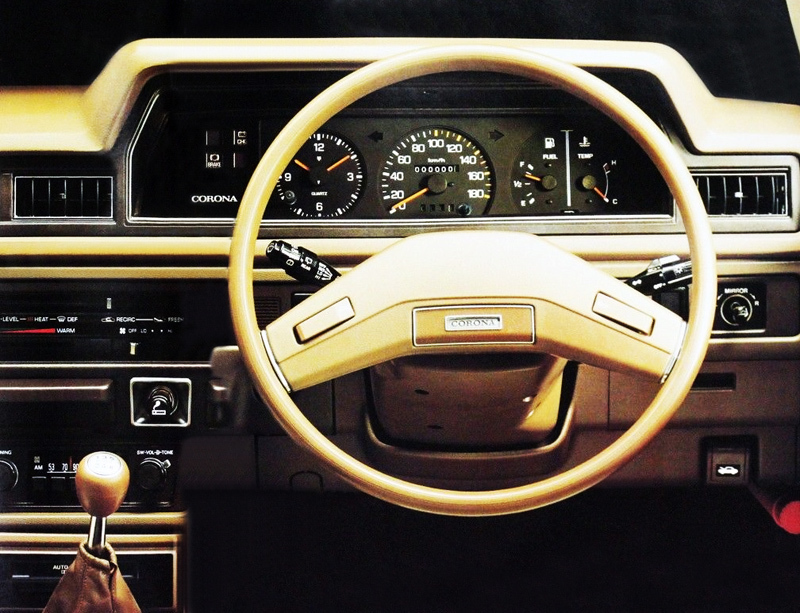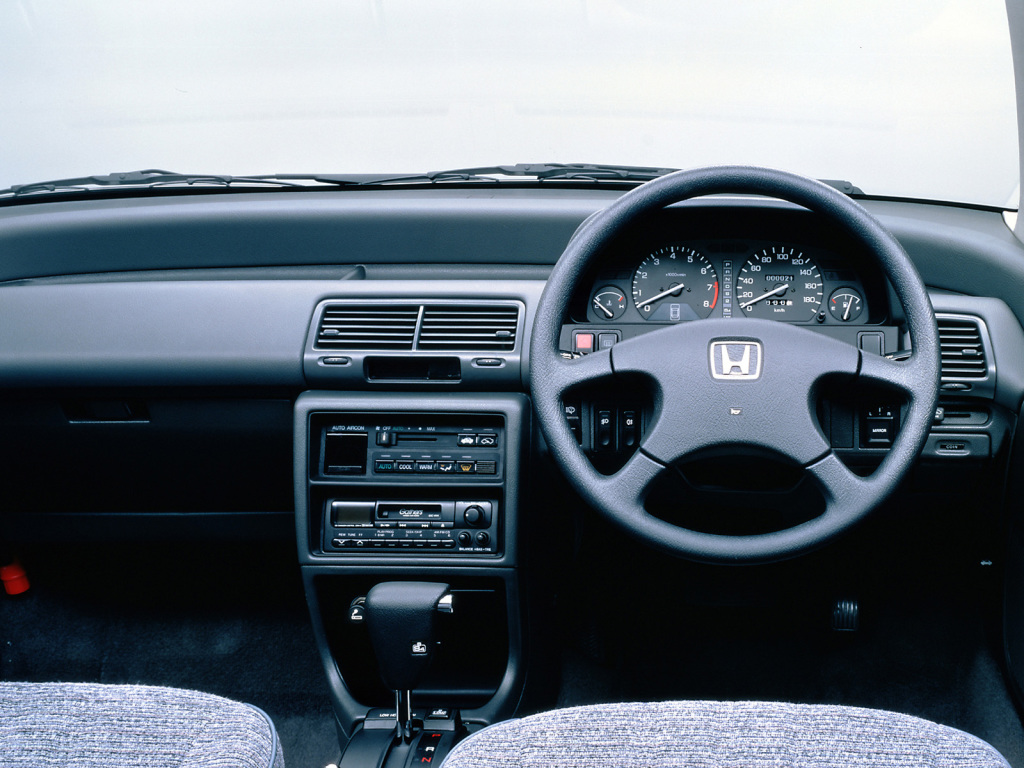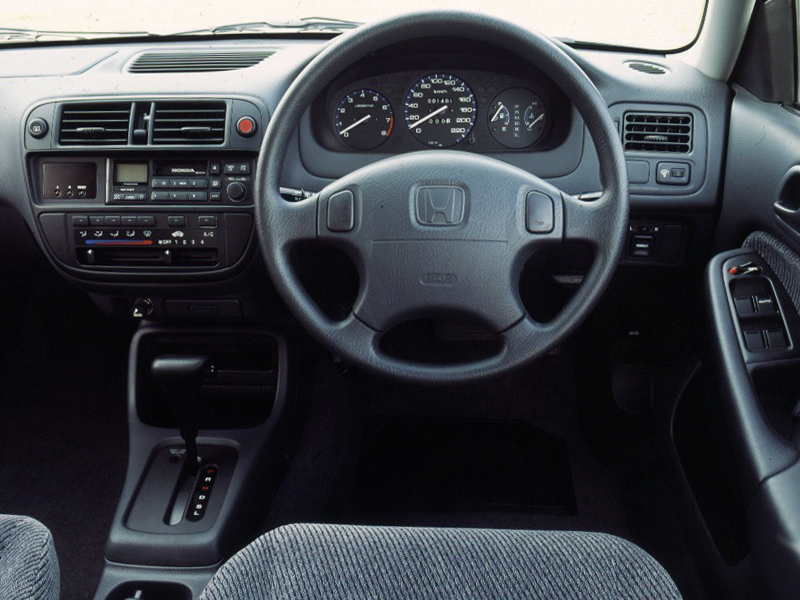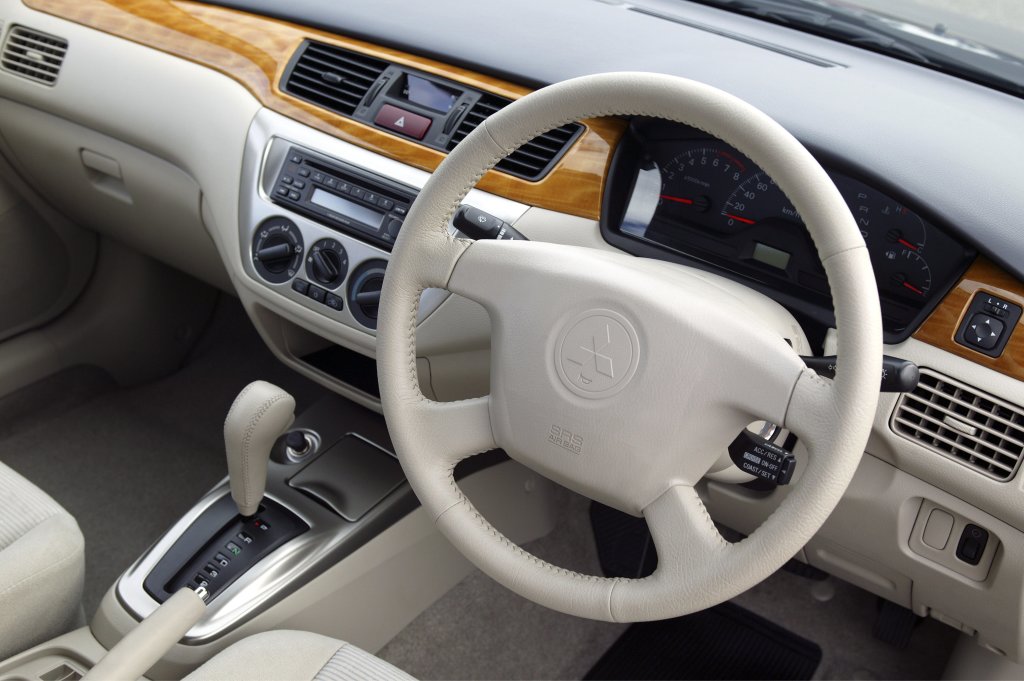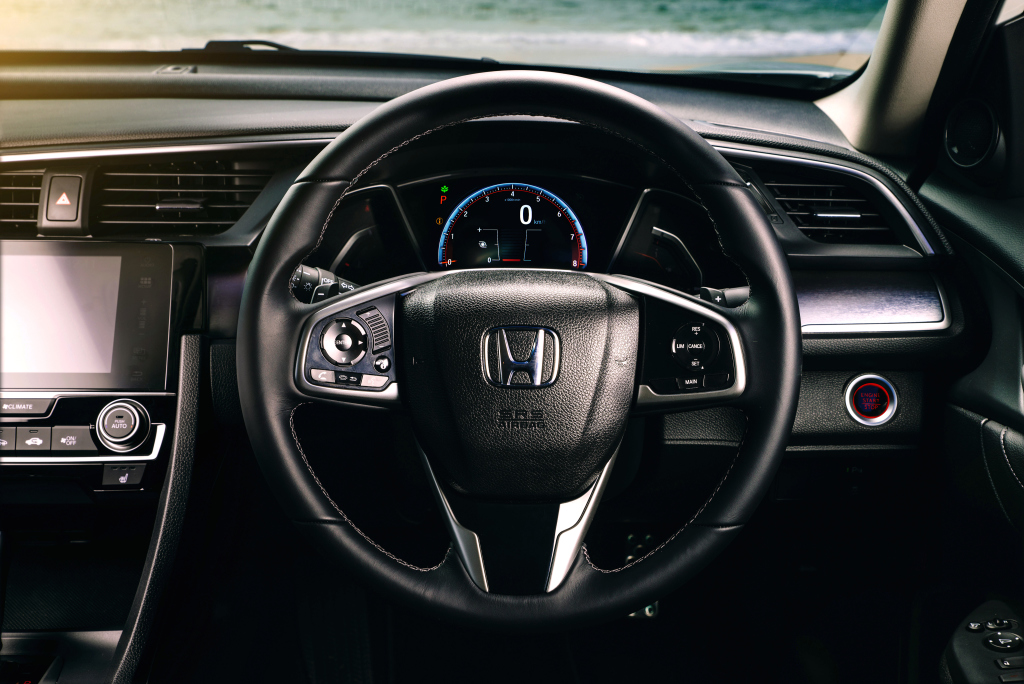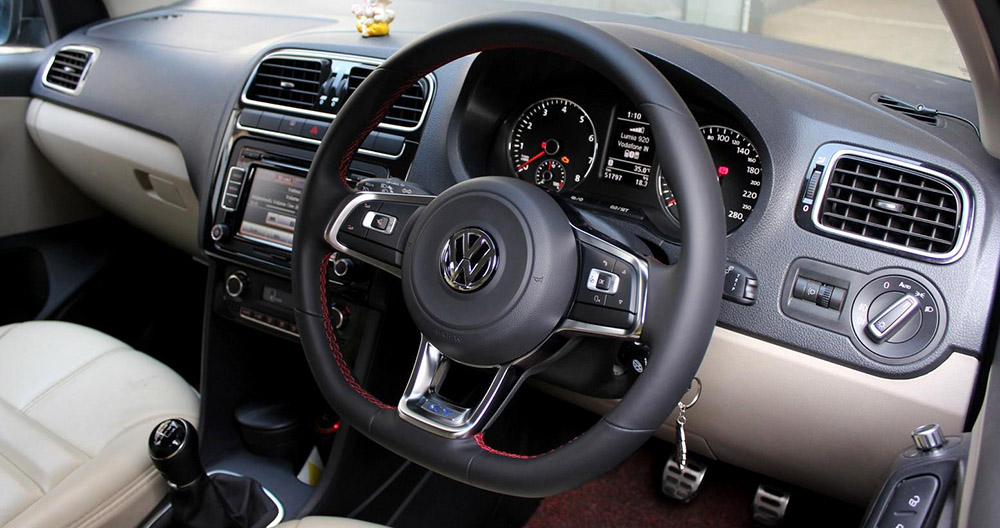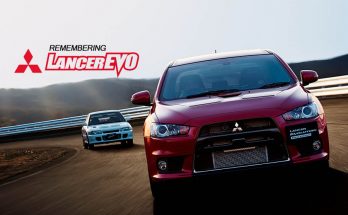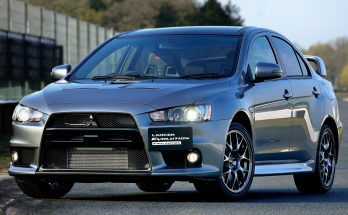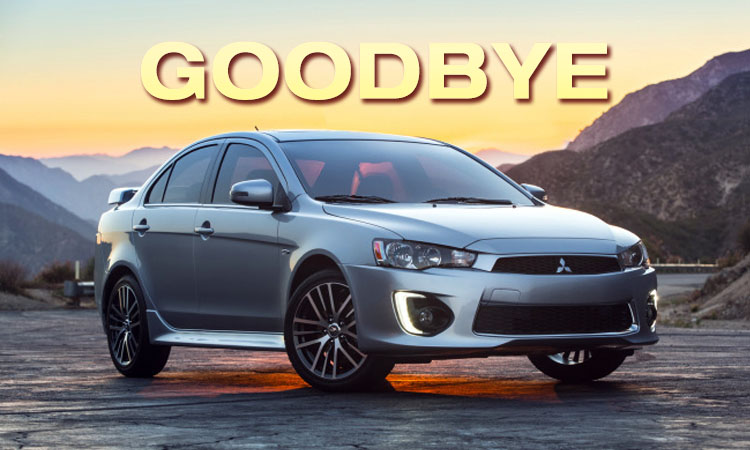A steering wheel is the primary component of an automobile (cars, trucks, buses, etc) used to control the direction of the vehicle.
Related: Car Door Handles- Then and Now
It basically used to be a large ring-like object used to steer an automobile with driver input. The center portion of the wheel is connected to the steering system (consisting of the rack, pinion, tie rods, axles, etc) via a column that translates the movements to the system initiated by the driver.
Technical Aspects
Automakers take a lot of things into consideration in designing the steering wheel. There is a term called steering effort, which a driver has to apply on the steering wheel in order to turn the vehicle while it’s in motion.
Related: Things That We Miss About Old Cars
The steering effort has to overcome the self-centering torque which makes the wheels align back when they are steered. This steering effort is used to determine the diameter of the steering wheel. The introduction of power-assisted steering has drastically influenced this and reduced the diameter.
Design Evolution
The way the steering wheels look has gone through significant transformations over the period of time. In older automobiles, grip, and leverage were considered the key parameters as, in the absence of power-assisted steering systems, a giant diameter was needed to crank the wheels in a given direction.
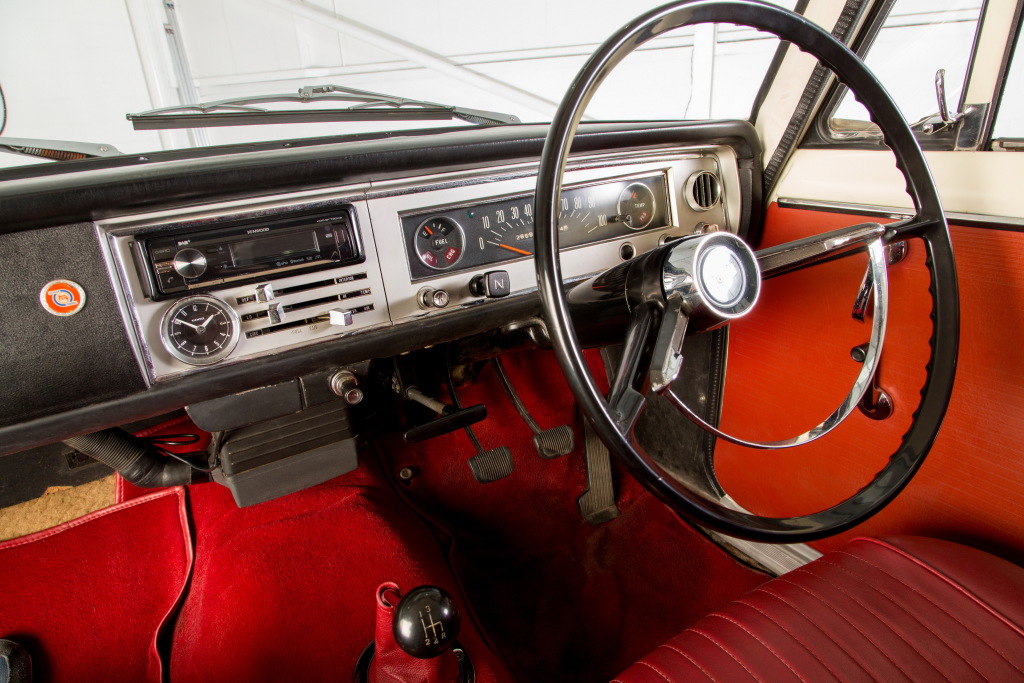
These were usually thin and had two or three spokes connecting the center column to the outer hub of the steering wheel. Some old steering wheels also used to have horn rings which were designed so that the driver could keep both the hands on steering wheel and just a stretch of a finger or thumb could beep the sound.
Above: Steering wheels through the years, representing change in each decade
With power steering came smaller wheels, but rarely did designers pay much attention to anything beyond the number of spokes and placement of the horn button or rim. The advent of airbags and their commodity placement have a great influence on how steering-wheels are designed.
Today steering wheels have become thick, small & chunky, often flat-bottomed inspired by race cars, and assist in performing several other tasks than just ‘steering’ the vehicle. The multi-function steering wheels of today can answer a call, it can also change the speed of cruise control, and flick through your radio settings.
Safety Concern
In order to house the airbags and it’s deploying mechanism, they make the central part of the steering or the spoke to be large and usually 3 or 4 in number so that they get more room. This space also houses the switch for the horn.
Related: Do Airbags Guarantee Your Safety?
Drivers’ hands or fingers must not tangle with the steering wheel. The driver of the vehicle must also be able to quickly retract his/ her hands from the steering wheel in case of front-end collision when the front wheels turn suddenly due to the impact. If the steering wheel suddenly turns with the driver still holding it tight, there are chances that the hands get crossed, leading to serious injury.
How to hold the steering wheel?
Click here to find out the correct way to hold a steering wheel in a modern car that’s essentially equipped with airbags. Ironically even in the 21st century most of the cars assembled in our country aren’t equipped with airbags, however, if you are driving an imported vehicle or a car that’s equipped with airbags you need to understand exactly what airbags are designed to do as well as their limitations.
Related: Guide: Correct Way To Hold The Steering Wheel
Remember steering wheel is not an ornament, it has a function. Holding your steering wheel the correct way is equally important for your own safety, as well as for the airbags in your vehicle to work properly whenever needed. But even if you drive a vehicle that has no airbags, always try to adapt the correct way of holding the steering wheel.

A computer animation professional with over 23 years of industry experience having served in leading organizations, TV channels & production facilities in Pakistan. An avid car enthusiast and petrolhead with an affection to deliver quality content to help shape opinions. Formerly written for PakWheels as well as major publications including Dawn. Founder of CarSpiritPK.com

